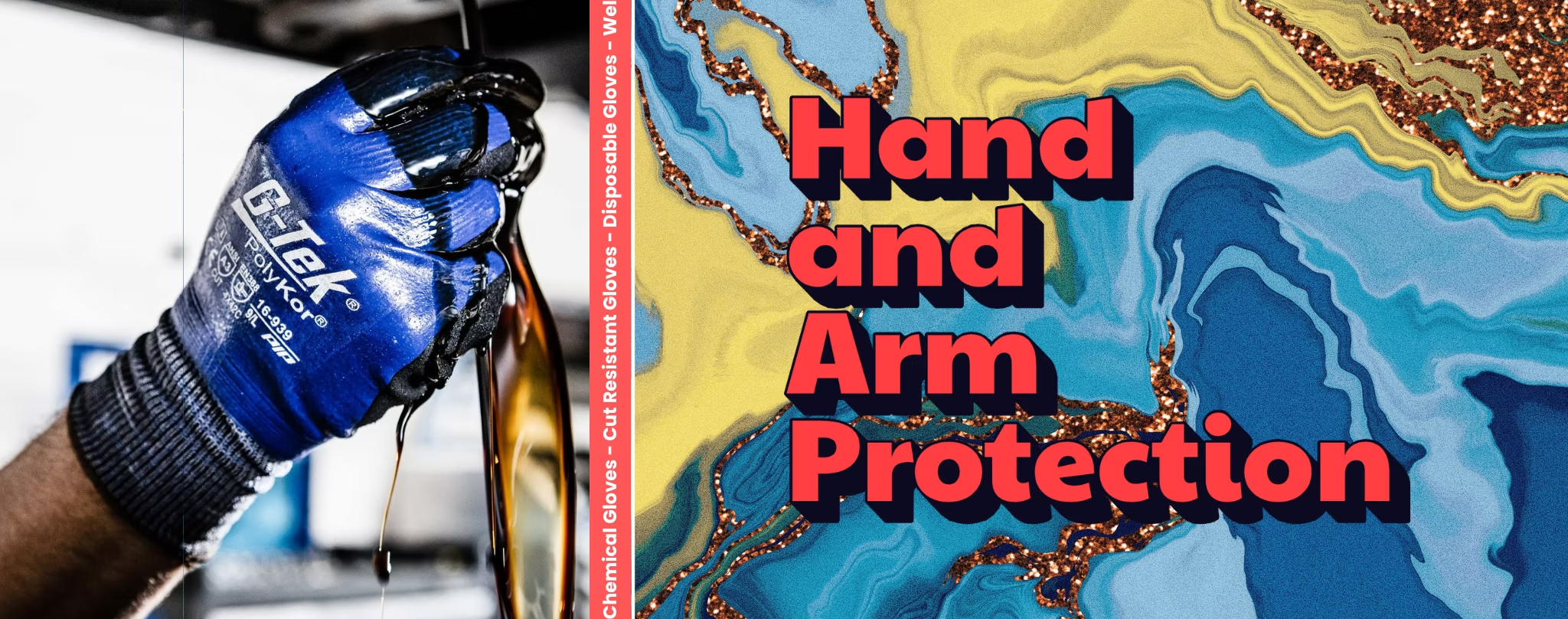
6 Types of Hand Protection (and Deciding the Right One to Wear)
When it comes to hand protection, choosing the right glove can mean the difference between comfort and serious injury. In New Zealand, the landscape of
Click here to start browsing our collection.
Here you’ll find the latest updates, in-depth articles, and real-world case studies on safety, why protection matters, and industry best practices.
Stay informed or get inspired with expert insights, innovative solutions, and success stories designed to bolster confidence and keep your team safe.

When it comes to hand protection, choosing the right glove can mean the difference between comfort and serious injury. In New Zealand, the landscape of
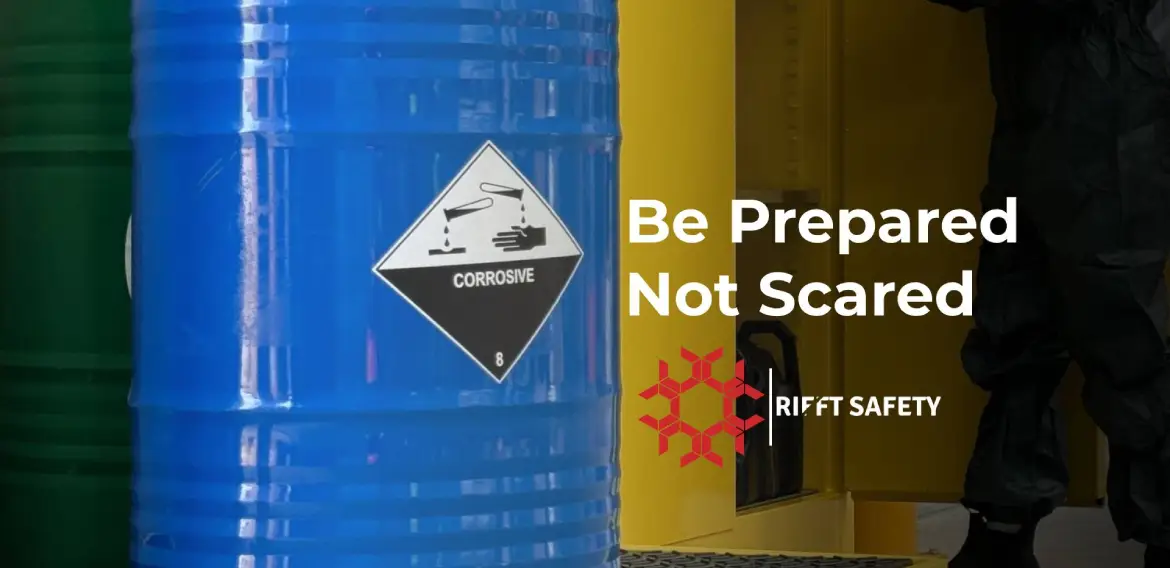
In today’s fast-evolving industrial and healthcare landscapes, respiratory protection has become more critical than ever. The increasing prevalence of airborne contaminants—ranging from dust, fumes, and

What are Temporary Anchor Points? Temporary anchor points are essential to any fall protection system. Designed for areas without permanent safety infrastructure, they provide a

Summer is here, bringing sunshine and outdoor fun, but it also comes with hidden hazards like sunburns and grill burns. Discover essential tips on how to protect yourself from painful burns and treat them effectively if they occur—read on to learn how to stay safe and enjoy the sunny days ahead!

Summer is here! or still on its way? we’re not 100% sure either. Regardless, with warmer days on the horizon, staying hydrated on the job is more

Welcome back to miniseries part 3 of PPE talks. Today we look briefly at head and face protection. The previous articles can be found here

Alright – welcome back everyone. With school holidays in full swing, keep safe and stay hydrated on the road. In the previous post we mention

Welcome back. We hope you enjoyed the previous post where we briefly mentioned what about hazardous substances are and why signage and labels are important.

This article will kickstart a few topics related to hazardous substance. In this first part of the series, we aim to cover the basics of
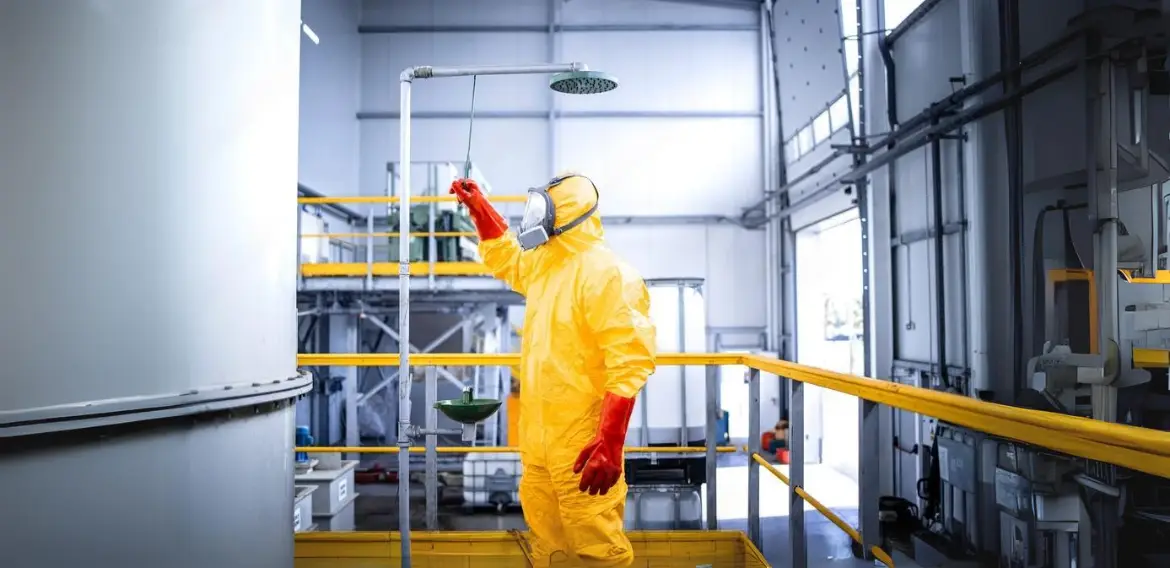
Welcome back to part 2 of the importance of safety showers and eye/face wash system where we will summarize the role of thermostatic mixing vales

Businesses utilizing hazardous substance in a facility have responsibilities in managing work-related risks which may lead to serious injury, illness or even death as per

Since Rifft Safety’s inception 12 months ago, we have quickly carved out a reputation for excellence by always pushing to provide value-added, tangible, and more
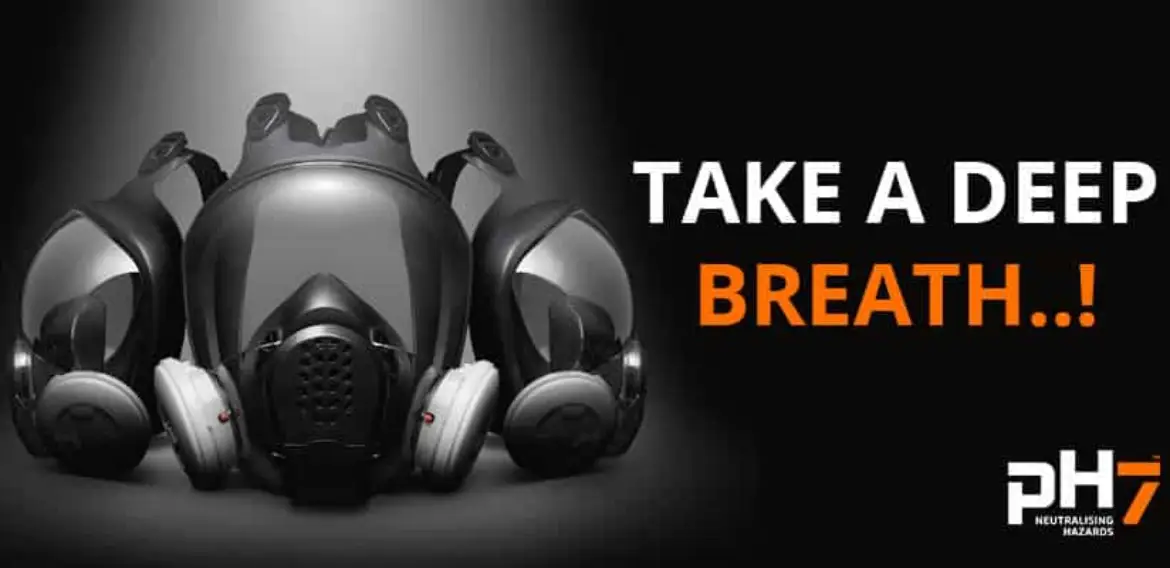
Reprinted with permission from our supplier PH7 When it comes to respiratory protection, most people think of dust masks or half and full face masks

Despite what your inner child might be thinking right now, “booms” in this context, are temporary barriers meant to contain and control chemical spills, especially

When it comes to workplace safety in New Zealand, nothing is more crucial than adhering to the Health and Safety at Work Act 2015 and

Before the Hazardous Substances Regulations 2017 came into effect, businesses were required to have workers trained in handling dangerous goods on site. These workers, known
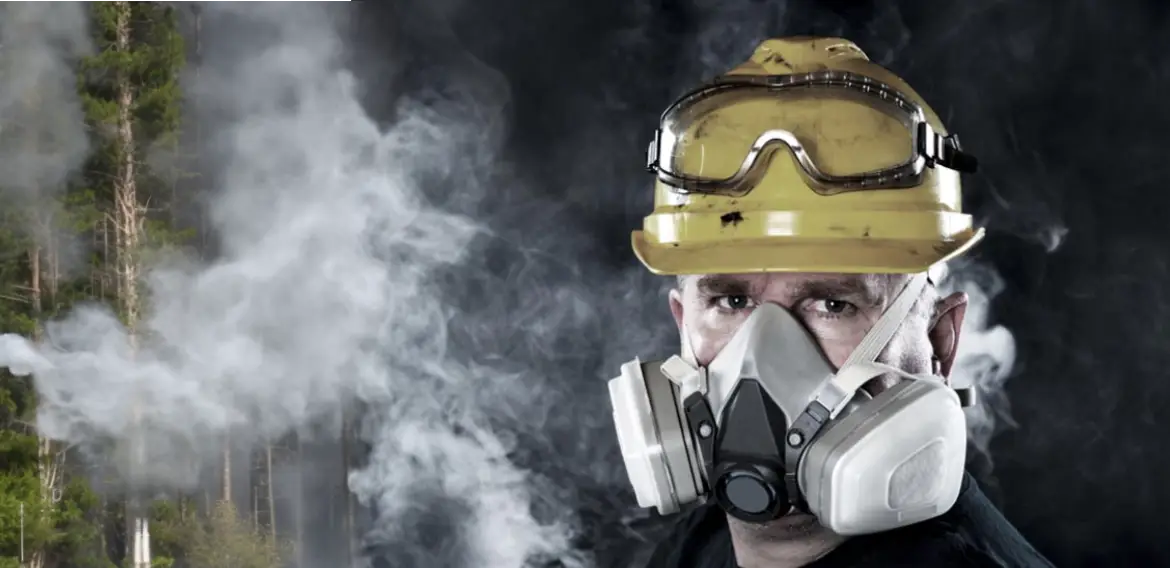
As an expert in safety protocols, I’ve learned that respiratory protection isn’t a one-size-fits-all solution. It’s crucial to understand the specific risks you’re up against
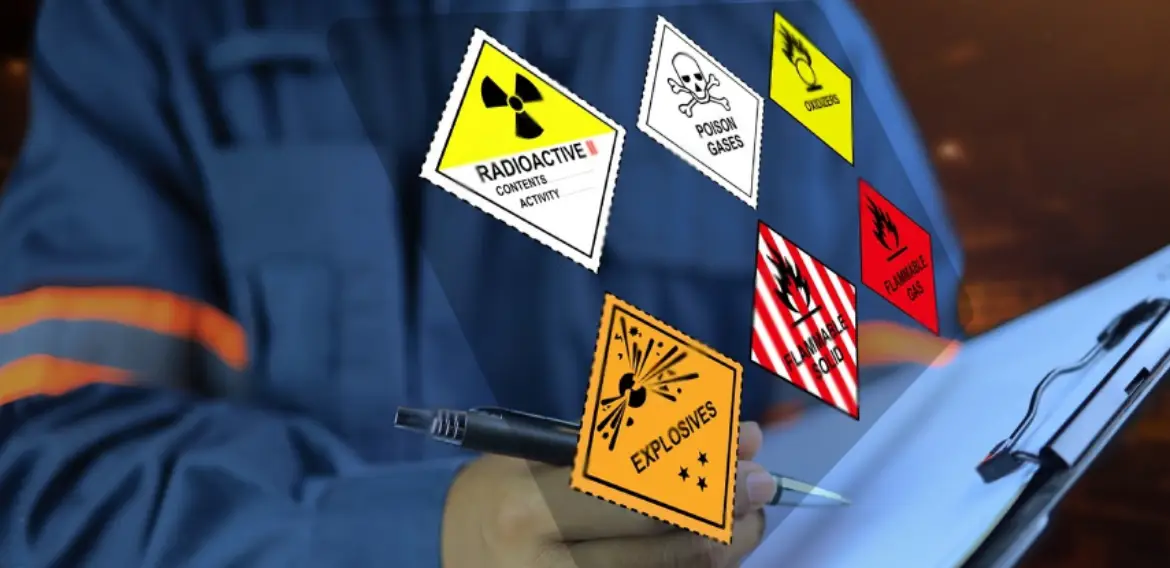
In New Zealand, the handling, storage, and management of hazardous substances are governed by a comprehensive regulatory framework designed to protect both people and the

Since Rifft Safety’s inception 12 months ago, we have quickly carved out a reputation for excellence by always pushing to provide value-added, tangible, and more

This article will kickstart a few topics related to hazardous substance. In this first part of the series, we aim to cover the basics of

Before the Hazardous Substances Regulations 2017 came into effect, businesses were required to have workers trained in handling dangerous goods on site. These workers, known

In New Zealand, the handling, storage, and management of hazardous substances are governed by a comprehensive regulatory framework designed to protect both people and the

When it comes to hand protection, choosing the right glove can mean the difference between comfort and serious injury. In New Zealand, the landscape of

In today’s fast-evolving industrial and healthcare landscapes, respiratory protection has become more critical than ever. The increasing prevalence of airborne contaminants—ranging from dust, fumes, and

What are Temporary Anchor Points? Temporary anchor points are essential to any fall protection system. Designed for areas without permanent safety infrastructure, they provide a

Summer is here, bringing sunshine and outdoor fun, but it also comes with hidden hazards like sunburns and grill burns. Discover essential tips on how to protect yourself from painful burns and treat them effectively if they occur—read on to learn how to stay safe and enjoy the sunny days ahead!

Summer is here! or still on its way? we’re not 100% sure either. Regardless, with warmer days on the horizon, staying hydrated on the job is more

Welcome back to miniseries part 3 of PPE talks. Today we look briefly at head and face protection. The previous articles can be found here

Alright – welcome back everyone. With school holidays in full swing, keep safe and stay hydrated on the road. In the previous post we mention

Welcome back. We hope you enjoyed the previous post where we briefly mentioned what about hazardous substances are and why signage and labels are important.

Welcome back to part 2 of the importance of safety showers and eye/face wash system where we will summarize the role of thermostatic mixing vales

Businesses utilizing hazardous substance in a facility have responsibilities in managing work-related risks which may lead to serious injury, illness or even death as per

When it comes to workplace safety in New Zealand, nothing is more crucial than adhering to the Health and Safety at Work Act 2015 and

What are Temporary Anchor Points? Temporary anchor points are essential to any fall protection system. Designed for areas without permanent safety infrastructure, they provide a

Reprinted with permission from our supplier PH7 When it comes to respiratory protection, most people think of dust masks or half and full face masks

Despite what your inner child might be thinking right now, “booms” in this context, are temporary barriers meant to contain and control chemical spills, especially

As an expert in safety protocols, I’ve learned that respiratory protection isn’t a one-size-fits-all solution. It’s crucial to understand the specific risks you’re up against
Be the first to hear about the latest products and industry insight
Under the regulations, a PCBU must ensure that every worker who uses, handles, manufactures, or stores a hazardous substance (including hazardous waste) is trained before carrying out or supervising work involving those substances.
This training is provided through public face-to-face courses, onsite courses (minimum numbers apply), or as an online self-paced eLearning course.
Spills in your workplace must be managed and cleaned up safely. The knowledge to do so is important for warehouse staff, drivers, loaders, managers and other people who work with or store chemicals.
This course provides you with training and instruction on how to deal with small and medium-sized spills. Available as a 50 minute onsite course or online training completed at your own pace.
This training forms the theoretical component of the Approved Filler Certification process. After completing the course you will be issued a certificate that can be used to prove your theoretical knowledge on Approved Fillers.
Please note we do not issue or sign Certificates. Only WorkSafe Approved Compliance Certifiers can do so.
This training forms the theoretical component of the Certified Handler Certification process. After completing the course you will be issued a certificate that can be used to prove your theoretical knowledge on Certified Handlers.
Please note we do not issue or sign Certificates. Only WorkSafe Approved Compliance Certifiers can do so.
This course is for anyone who handles or transports any dangerous goods, e.g. fuel and chemicals, by road in New Zealand and needs a D Endorsement. To get the endorsement, you need to complete this course and take your course certificate provided by IVS Training to a licensing agent (VTNZ, AA).
The endorsement expires every 5 years and you must re-sit an assessment and have it endorsed on your license
Dangerous goods have special transport requirements to eliminate or minimise the risk of injuring people or damaging property and the environment.
If you manufacture, pack, consign, or transport dangerous goods, it is crucial to understand these requirements. This is especially important in New Zealand, where many goods need to travel by multiple modes of transport, such as land transport combined with either air or sea transport when moving between the North and South Islands.
Stay prepared for emergencies with our First Aid training courses. From core essentials to refreshers, these courses will cover everything from minor injuries to life-threatening emergencies, ensuring you can provide effective aid until help arrives.
Update your first aid knowledge and skills, keeping you current with the latest guidelines and practices.
Respiratory protective equipment (RPE) is a type of personal protective equipment (PPE) that protects people from breathing in substances hazardous to health.
This test is crucial because a proper fit is necessary to minimize the risk of inhaling hazardous substances, such as dust, gases, vapours, or particles, that may be present in the work environment fits appropriately and is fit for purpose.
Site plans help identify and mitigate the risks associated with the hazardous substances you have on site to ensure the safety of workers, the environment, and the surrounding community.
The requirements for a compliant site plan are documented in accordance with the Compliance Certifier in reference to AS/NZS 60079.10.1:2009, Health and Safety at Work (Hazardous Substances) Regulations 2017.
Traffic Management Plans are designed to ensure the smooth flow of vehicle and pedestrian movements onsite, effectively managing traffic risks and minimising vehicle-related accidents.
These plans clearly define the roles and responsibilities of traffic managers and drivers, as well as daily and emergency traffic control procedures.
Entrust us with a thorough evaluation of your spill kits and emergency showers. One of our specialists will conduct an on-site inspection to assess the condition and compliance of your equipment.